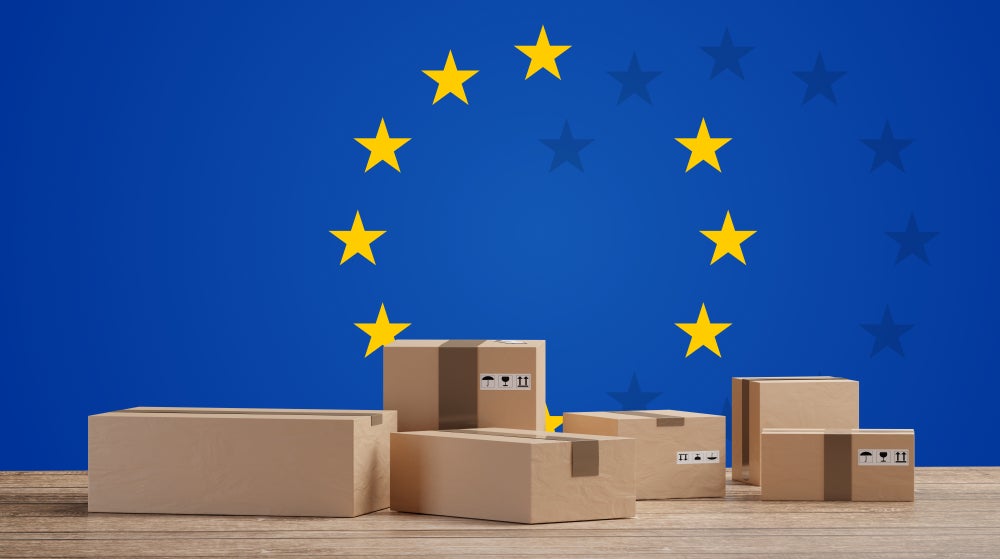
The European Union (EU) is working on revising its rules on packaging and packaging waste to align with its goal of creating a low-carbon circular economy.
Despite previous attempts to enforce stricter regulations, the EU’s packaging oversight has been relatively light touch until now. However, the newly proposed Packaging and Packaging Waste Regulation (PPWR) is expected to change the landscape significantly.
The upcoming EU parliamentary elections in June 2024 added urgency to the process. PPWR must be agreed upon before then to avoid restarting the legislative process with a new set of Members of the European Parliament (MEPs).
Key aspects of PPWR
PPWR encompasses several important measures, which include the following:
- Achieving recyclability and increased recycling: All packaging must be recyclable by 2030, with “at scale” recycling expected by 2035.
- Encouraging the use of recycled materials: By 2030 and 2040, new plastic packaging must incorporate recycled material to contribute to a circular economy.
- Promoting reuse and refill: Certain types of packaging must be reusable or enable refill options by 2030 and 2040.
- Banning specific packaging: Some forms of packaging will face bans to reduce waste.
- Reducing packaging waste: A 15% reduction per capita in packaging waste is targeted by 2040, compared to a 2018 baseline.
Impact on packaging waste reduction
PPWR aims to achieve packaging waste reduction through multiple measures. Banning certain products will contribute to waste reduction while mandating the minimisation of packaging weight and volume without compromising functionality will also play a role.
However, the reuse/refill regulations are expected to have the greatest impact.
The success of these regulations depends on the targets set, the number of times each packaging piece can be reused, the weight comparison between reusable and single-use packaging and potential substitution to or away from plastic.
Overall, the combined measures of PPWR are projected to reduce EU packaging waste by 15% per person by 2040, compared to 2018 levels.
Shift towards recycled plastic
PPWR also aims to decrease the use of plastic made from fossil fuels in EU plastic packaging. Recycled plastic will gradually replace virgin plastic in packaging production.
By 2030, EU plastic packaging must contain 10-35% recycled content, increasing to 50-65% by 2040. Consequently, the EU’s plastic packaging is expected to comprise more recycled plastic than virgin plastic by 2040.
However, establishing a fully functioning recycling system is a complex task requiring careful attention to the implementation details.
Uncertainty and industry implications
There is a considerable amount of uncertainty surrounding the successful implementation of PPWR.
The current proposal reflects the EU Commission’s stance, but the EU Parliament and Council are still reviewing and amending the proposal. The polarisation of views within Parliament and the changing Council Presidency adds further complexity to the process.
PPWR must be agreed upon before the EU parliamentary elections in June 2024 to avoid restarting with new MEPs. However, despite the challenges, there is significant political will behind the regulation, which may be sufficient to push it forward.
The packaging industry is currently facing uncertainty, resulting in delayed decisions and increased risk. Recyclers are unsure whether to scale up operations due to the additional material they might process.
Packaging producers are considering adjustments to their product range and research and development (R&D) investments. Forecasts regarding the allocation of virgin polymer to packaging customers also pose challenges.
The success or failure of PPWR could influence legislation beyond the EU, potentially serving as a blueprint for other countries. The outcome will be closely watched worldwide as the packaging industry awaits clarity on the horizon.



